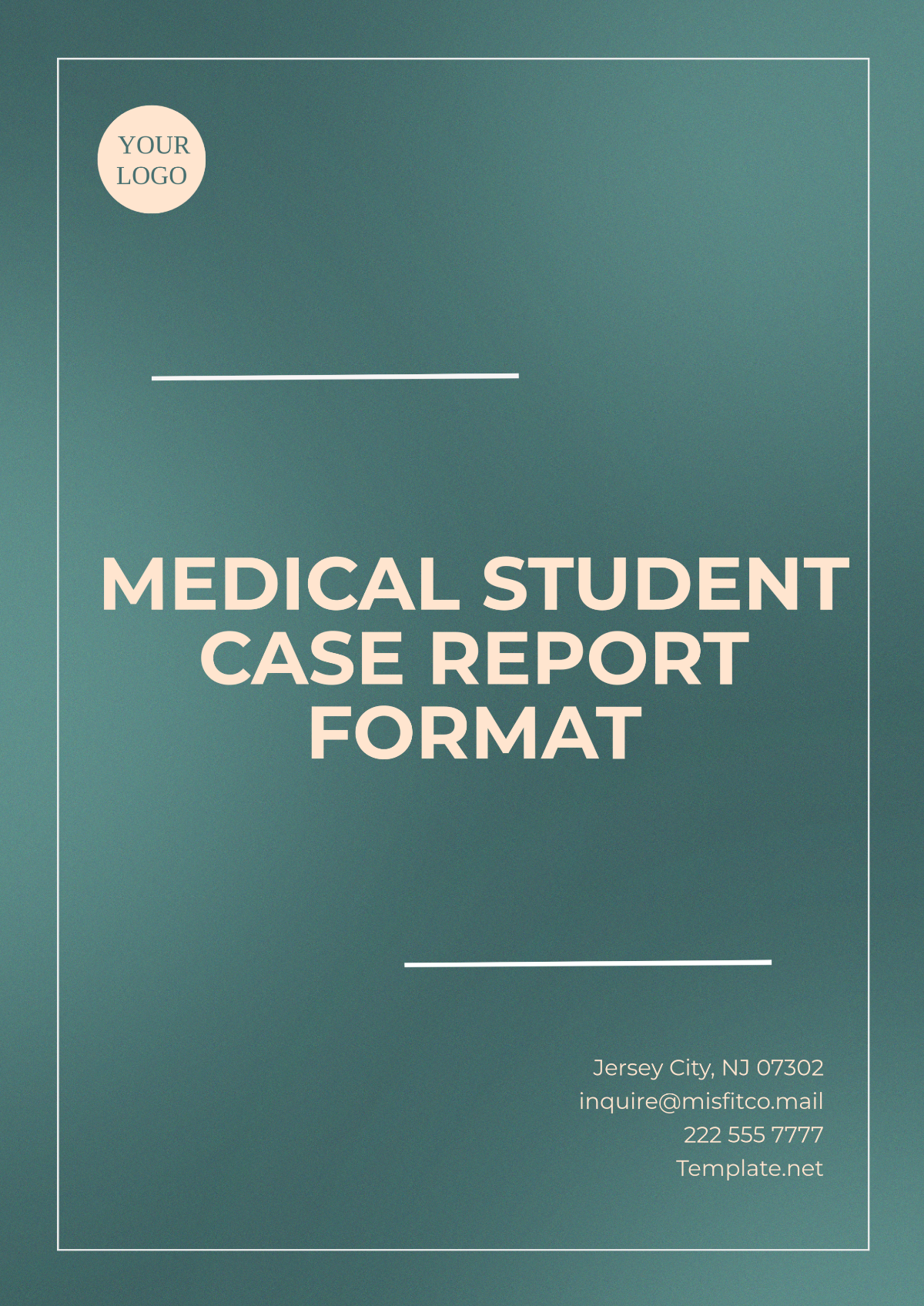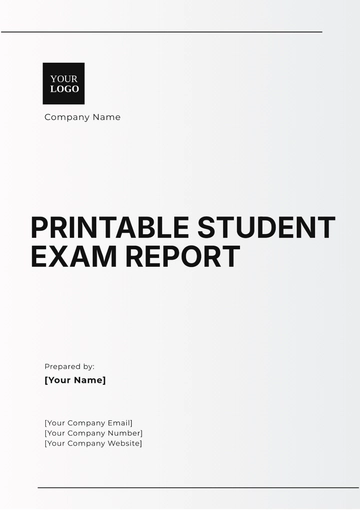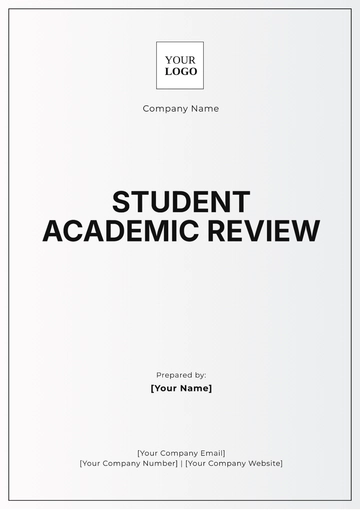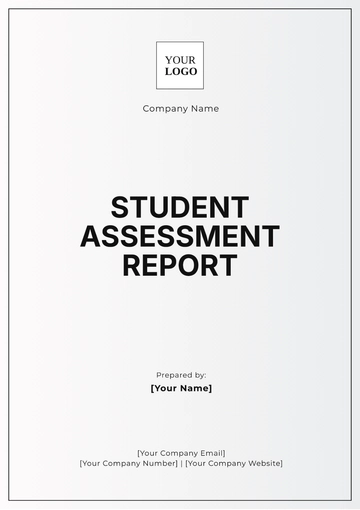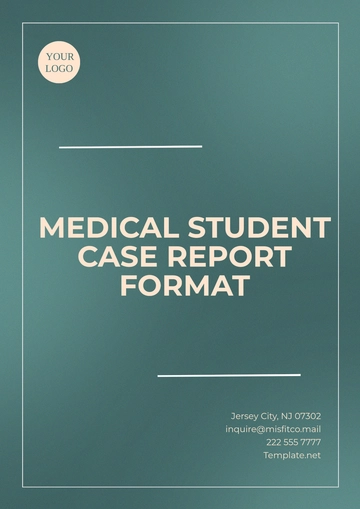Medical Student Case Report Format
Title:
Abstract:
A summary (150-250 words) outlining the key points of the case, including the patient's presentation, diagnosis, treatment, and outcome.
1. Introduction:
Overview of the medical condition being discussed.
Significance of the case concerning the current medical literature.
A brief mention of why the case is unusual or educational.
2. Case Presentation:
Patient Information:
Age, gender, relevant medical history, and presenting complaints.
Any relevant social or family history.
Clinical Findings:
Investigations:
Laboratory tests, imaging studies, and other diagnostic tests.
Include significant results that contributed to the diagnosis.
Diagnosis:
Final diagnosis with a detailed explanation, supported by clinical and diagnostic findings.
Differential diagnoses were considered and why they were excluded.
3. Discussion:
Analyzes the case in depth.
The pathophysiology of the condition, treatment options, and any complications.
Review of similar cases in the literature (citing key studies or articles).
Explanation of the treatment plan and rationale.
Prognosis and potential follow-up care.
4. Conclusion:
Summary of key learning points from the case.
Relevance to clinical practice, highlighting any important lessons or new insights.
References:
Citations of sources referenced in the case, such as journal articles, textbooks, and case reports. Follow appropriate citation guidelines (APA, AMA, etc.).
Report Templates @ Template.net
